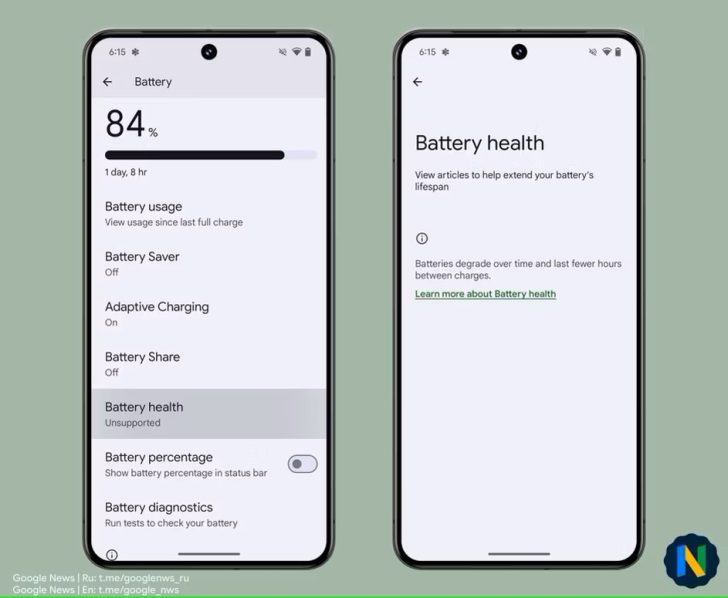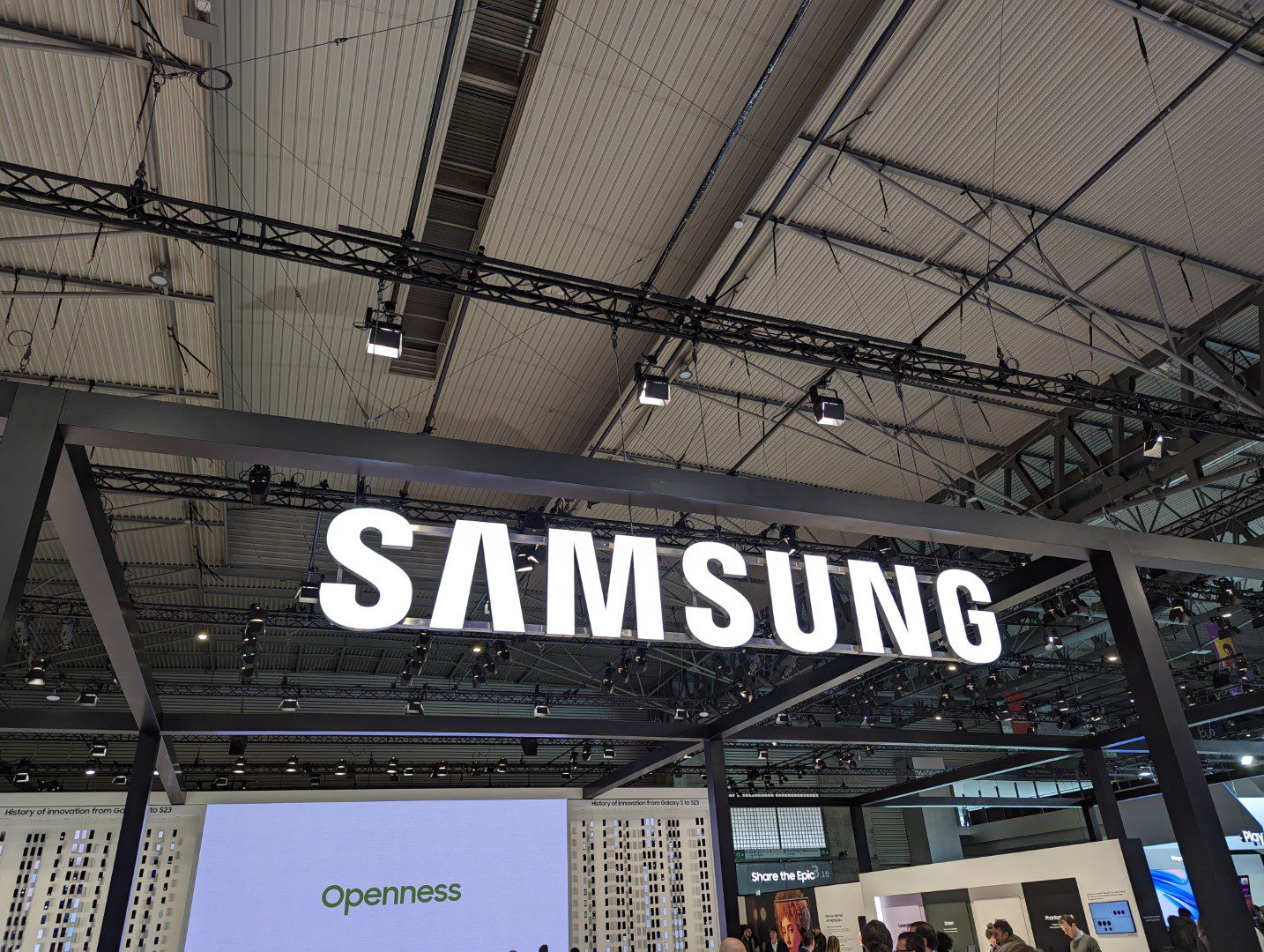Google’s well-known operating system has undergone very important improvements over the years, and according to new information, Android 15 could present the user with a long-awaited novelty and also a very important one, because at the end of the day it would allow us to have more control over one of the basic components of any smartphone, Battery.
According to new information, Android 15 will include a function that shows the battery status, i.e. its health and the remaining retention percentage, which we know allows us to identify its remaining lifespan. Retention percentage It is considered low when it falls below 80%. From that moment on, it is advisable to consider replacing the battery, as it will greatly affect the autonomy of our smartphone.
If we use a terminal with a battery that has a low percentage of retention, we will have to charge it more often and we will notice that it is no longer able to withstand the level of use we gave it before. Keep in mind that a battery that drops below 80% will offer an average of 25% less autonomy. So if our smartphone lasted 10 hours of use now with the battery at 100% of its capacity It will last us 7 and a half hours.

How will iOS users recognize this feature? It has been present in the said operating system for some time, and the truth is that it is strange that Google has not yet included it in its mobile operating system. Everything seems to indicate that this will change with Android 15 and that the said operating system will be the first from the Mountain View giant to show us the battery status.
We also see in the attached picture different options of interestsuch as displaying battery usage, enabling battery saver and adaptive charging, and also allows you to perform battery diagnostics, which I imagine will show us possible errors or problems present in said component.
Android 14 was released relatively recently, so we still have to wait almost a year for Android 15 to be released. Most likely, the mentioned operating system will arrive in October next year, specifically between the first and second week of the same month. As always, we will share with you the lists of smartphones that will receive this update so that you don’t have any doubts.














